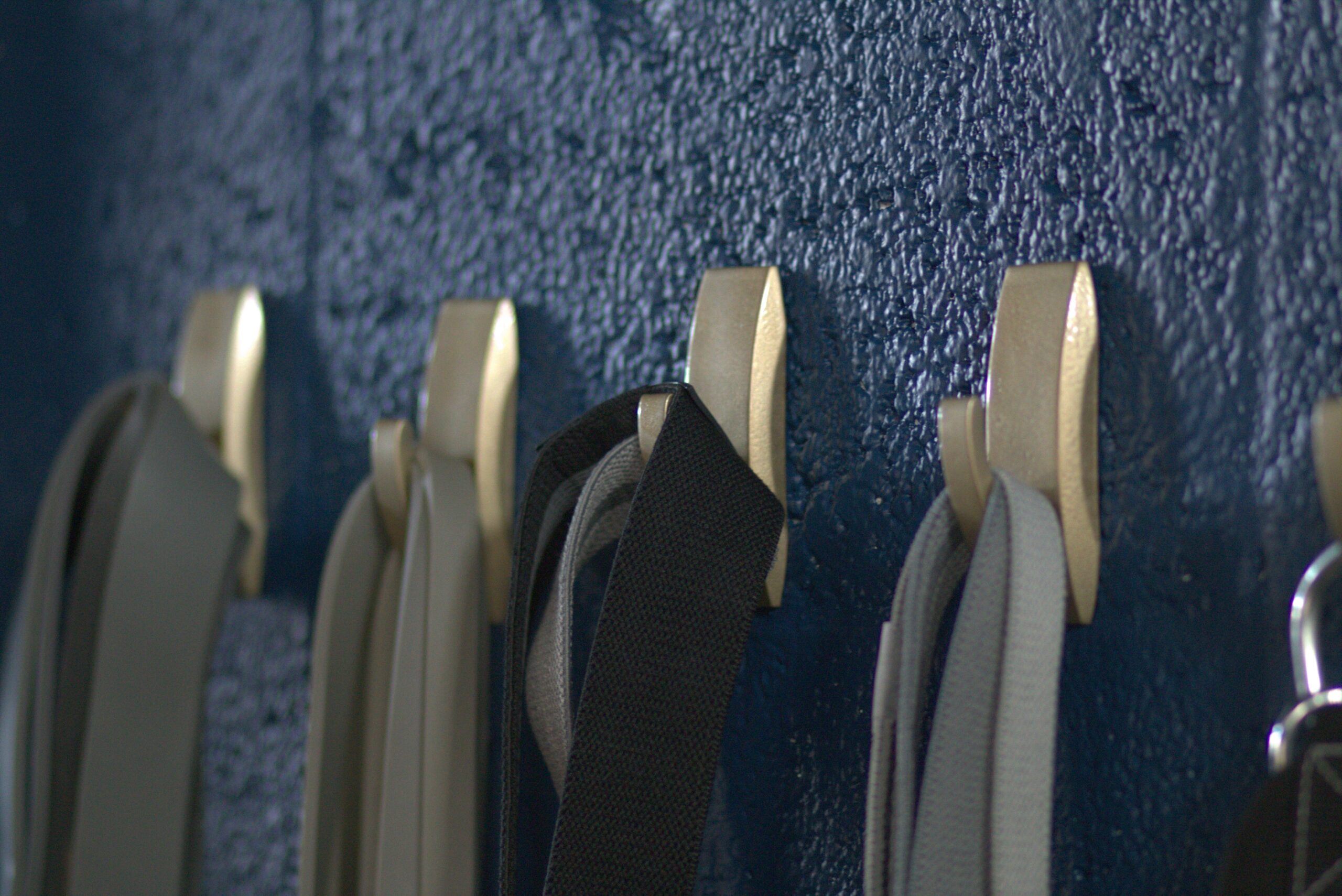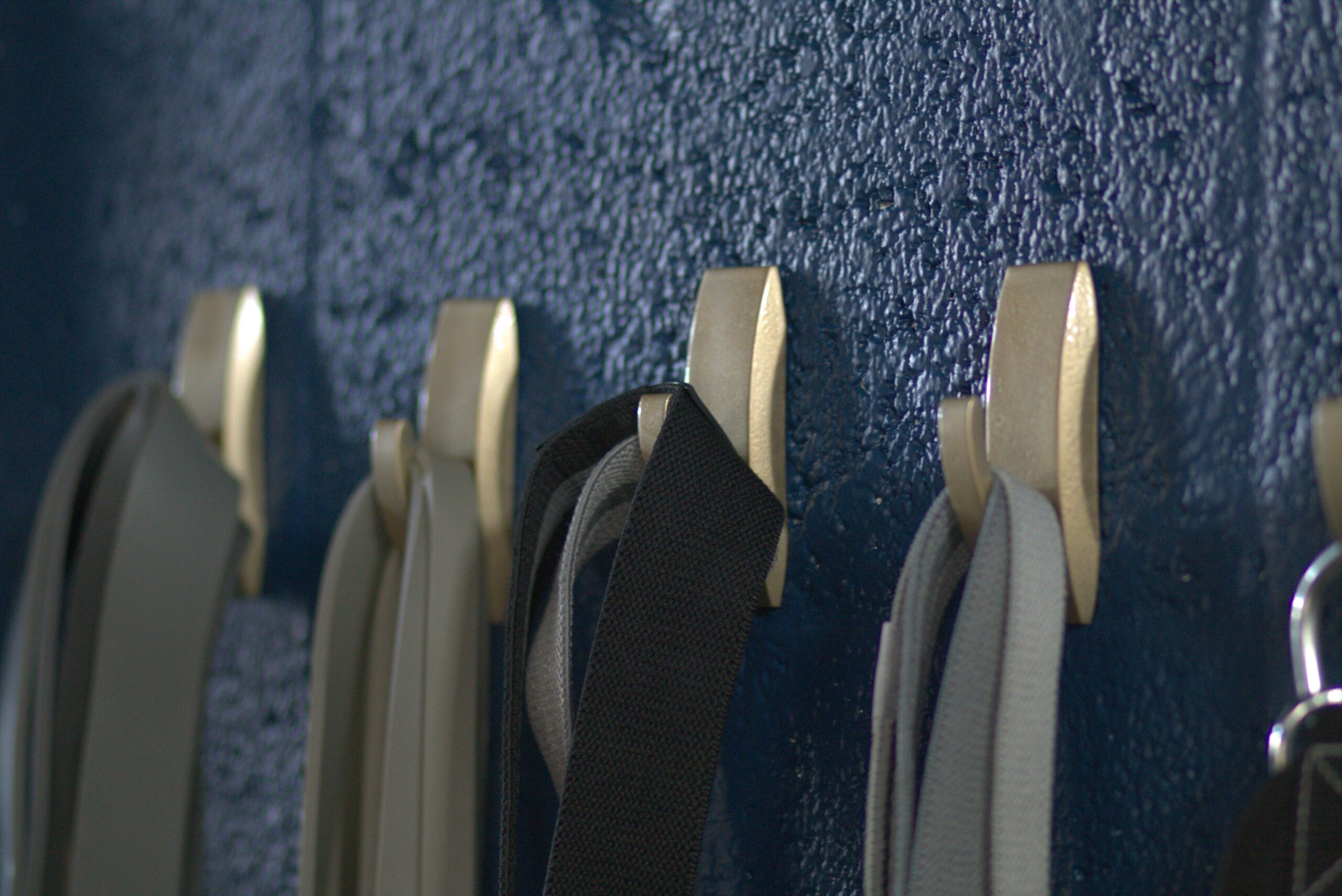

Introduction to Resistance Band Training for Triceps
Resistance band training has become an increasingly popular method for muscle building, especially for individuals looking to enhance their triceps. The use of resistance bands offers a convenient and effective alternative to traditional weightlifting. These versatile tools are excellent for targeting and isolating muscle groups, making them ideal for triceps workouts.
One of the primary benefits of resistance bands is their flexibility in resistance levels. Bands are available in various tension strengths, allowing users to gradually increase the difficulty of their exercises as their muscles grow stronger. This adaptability makes resistance bands suitable for people at different fitness levels, from beginners to advanced athletes. Moreover, the progressive resistance provided by bands ensures that muscles are under constant tension, promoting muscle growth more effectively.
Portability is another notable advantage of resistance bands. Unlike bulky gym equipment, bands are lightweight and easy to carry, which makes them perfect for home workouts and travelers. Their convenience facilitates consistent training, regardless of location, ensuring that users can maintain their workout routines.
In terms of safety, resistance bands significantly reduce the risk of injury compared to traditional weights. The nature of band exercises minimizes unnecessary strain on joints and ligaments, making them a safer option for muscle-building workouts. This is particularly beneficial for individuals recovering from injuries or those with chronic joint issues.
Lastly, resistance bands serve as an excellent alternative to traditional weights. They provide a unique type of resistance that can enhance muscle activation and engagement. For those who have limited access to a gym or prefer working out at home, resistance bands offer a feasible, cost-effective solution for building bigger triceps and achieving their fitness goals.
Essential Resistance Band Exercises for Triceps
Utilizing resistance bands effectively for tricep development can be transformative for your fitness routine. One pivotal exercise is the tricep pushdown. Attach the resistance band to a secure point above you, hold the ends in both hands, and push downwards, ensuring your elbows remain close to your torso. This targets the long and lateral heads of the triceps. Common mistakes include flaring the elbows out and not fully extending the arms. Maintain a controlled movement for optimal tension.
Another advantageous exercise is the overhead tricep extension. Stand with one foot forward for stability, position the band behind your back, and extend your arms overhead, holding the band. This predominantly targets the medial and long heads of the triceps. Avoid arching your back and ensure the movement is slow and controlled to maintain constant resistance.
Tricep kickbacks are another essential exercise. Anchor the band under your feet, bend slightly at the waist, and pull the band back while keeping your upper arms still. The focus here is on the lateral head of the triceps. Incorrect form often includes swinging the arms or using momentum instead of muscle power. Concentrate on a smooth and deliberate motion.
Lastly, the lying tricep extension provides a comprehensive triceps workout. Lie on your back, hold the resistance band in both hands, and point your elbows toward the ceiling. Extend your arms upwards, focusing on using the triceps to lift the band. This exercise engages all three heads of the triceps but requires strict form to avoid elbow flare and ensure maximal muscle engagement.
Adhering to proper form and emphasizing controlled, consistent tension in each repetition is crucial to maximizing the benefits of these resistance band exercises. Incorporate these movements into your training regimen to build and define your triceps effectively.
Creating an Effective Tricep Workout Routine
Building a structured triceps workout routine with resistance bands requires a deliberate approach to maximize muscle growth and ensure safety. An effective routine involves a combination of exercises targeting all three heads of the triceps—long, lateral, and medial—paired with proper warm-ups, cooldowns, and rest periods.
For beginners, starting with basic exercises such as band-assisted tricep pushdowns, tricep extensions, and overhead extensions is key. Aim for 2-3 sets of 12-15 reps for each exercise, ensuring to maintain controlled movements and consistent tension on the muscles throughout the workout. As you progress, increase the resistance or the number of sets while keeping rest periods between 30-60 seconds to sustain muscle engagement.
Intermediate routines can include a mix of compound and isolation exercises. Incorporate banded close-grip push-ups, tricep kickbacks, and skull crushers. Opt for 3-4 sets of 8-12 reps, pushing the muscles towards hypertrophy. Adding variety such as changing the tempo or integrating supersets can prevent plateaus and promote continuous muscle adaptation.
Advanced routines demand higher intensity and complexity. Advanced practitioners can benefit from movements like single-arm overhead extensions, tricep dips with band resistance, and double-band tricep pushdowns. Execute 4-5 sets of 6-10 reps to focus on strength and muscle endurance. Progressive overload is crucial at this stage; gradually increase the resistance, adjust volume, or modify angles to continuously challenge the triceps.
Warm-ups and cooldowns are non-negotiable to prevent injury and enhance recovery. Begin with 5-10 minutes of light cardio and dynamic stretches focusing on the upper body. Similarly, conclude with static stretching and foam rolling to alleviate muscle tension and support flexibility.
Rest periods are equally important. Muscles grow and repair during rest, so ensure to alternate intense tricep training with lighter sessions or active recovery days. Balance between workout volume and intensity is paramount; overtraining can lead to injury and hinder progress.
Additional Tips for Maximizing Tricep Growth
Optimizing tricep development with resistance bands goes beyond just the physical exercise. To ensure the most effective muscle growth, it’s essential to consider various factors including nutrition, rest, and overall body conditioning.
First and foremost, proper nutrition plays a critical role in muscle development. Consuming adequate protein is vital, as it provides the necessary building blocks for muscle repair and growth. Aim for a protein intake of about 1.6 to 2.2 grams per kilogram of body weight daily. Incorporate high-quality protein sources such as lean meats, fish, eggs, and plant-based options like beans and lentils into your diet.
Equally important is the significance of recovery and rest. Muscle growth occurs during rest periods, not while exercising. Ensure you get enough sleep and integrate rest days into your workout routine to give your muscles the time they need to repair and grow stronger. Active recovery, such as light stretching or low-intensity activities like walking, can also help improve circulation and reduce muscle stiffness.
Overall body conditioning should not be overlooked. A well-conditioned body enhances performance and reduces the risk of injuries. Incorporate a balanced mix of cardiovascular exercise, flexibility training, and resistance training targeting all muscle groups to maintain overall health and fitness. This balanced approach will complement your tricep workouts and help in achieving balanced muscle development.
Another valuable technique includes focusing on the mind-muscle connection. Concentrate on the tricep muscles while performing exercises using resistance bands. This focus can increase muscle activation and result in more effective workouts. Additionally, varying the resistance of the bands can provide different levels of challenge, ensuring that your muscles do not plateau. Use different band strengths and integrate progressive overload techniques to continually challenge your triceps.
Finally, tracking progress is essential for long-term success. Keep a journal of your workouts, including the types of exercises, resistance levels, and the number of repetitions and sets completed. Regularly review your progress and make necessary adjustments based on your goals and improvements. Personalized adaptations to your workout routine can help you consistently achieve better results.
About the author : Tricep
We valued your need and thought . Main aim is to keep you fit with our suggestion and help let have a lifestyle
Latest videos
The Vital Role of Exercise in Maintaining Our Health
Understanding Exercise and Its Impact on HealthExercise is a cornerstone of a healthy lifestyle, often regarded as a vital factor in promoting overall health and well-being. Engaging in regular physical activity not only enriches the [...]
The Role of Triceps in Bench Press: Maximize Your Gains
```html Understanding the Bench Press and Its Muscle Groups The bench press is a compound exercise, revered in the strength training community for its ability to enhance upper body power and muscle development. At its [...]
Join our mailing list today
Insider offers & flash sales in your inbox every week.
Curabitur non nulla sit amet nisl tempus convallis quis ac lectus dolor sit amet, consectetur adipiscing elit sed porttitor lectus.








